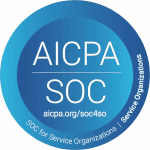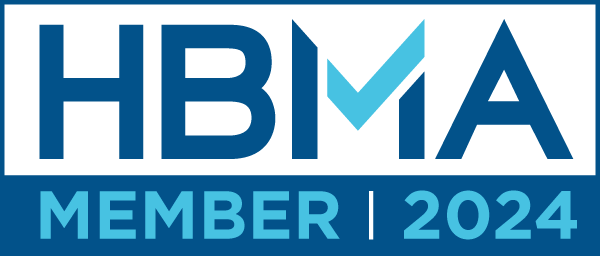Overcoming the Challenge of Patient Boarding in Emergency Departments
The term is patient boarding and the problem is significant. Patient boarding refers to the practice of keeping patients in the Emergency Department after they have been admitted as an inpatient due to staffing and/or bed shortages. In an attempt to raise awareness of this growing problem among policymakers, the challenges facing Emergency Departments from this boarding practice, the American College of Emergency Physicians (ACEP) and 34 other organizations have requested a summit to begin working collaboratively with policymakers and others to create practical solutions to this problem.
In a recent COVID-19 meeting hosted by the White House, similar concerns were shared by the ACEP President Chris Kang, MD, FACEP regarding the emerging boarding crisis in ED. He called attention to the critical situation that is likely to arise with the coming winter, resulting in an overload of COVID, flu, and other respiratory disease cases. Dr. Kang recommended convening a summit on the ED boarding issue, with the participation of all stakeholders including clinicians, hospitals, nursing homes, emergency medical services (EMS), and patient communities to discuss potential solutions. To further highlight the devastating impact of ED boarding, ACEP planned to draft a letter with the participation of other stakeholders. ACEP pursued the critical issue of boarding with all stakeholders. During their outreach, they found that a sense of urgency has been demonstrated by emergency physician members regarding the prevailing boarding issue. As the situation is aggravating with time, this could be the calm before the storm.
Stakeholder Summit
It’s an overwhelming problem and the solution involves many disparate stakeholders including patients, payers, providers, nursing homes, and EMS. ACEP members documented first-hand accounts of preventable harm to patients, less appropriate treatments, impact on pediatric ED patients, disproportionate consequence on mental disorder patients, burnouts of caregivers, staffing shortage, and role of misaligned economic drivers in prioritizing more surgical interventions compared to other care services.
A total of 34 organizations apart from ACEP, representing patient and consumer groups, medical societies, nursing, and other provider associations, and public health officials are involved. ACEP sent a letter to the President, reinforcing Dr. Kang’s stance to convene the summit of all stakeholders. ACEP also requested that the Department of Health & Human Services (HHS) Secretary Xavier Becerra provide a healthcare view of ED boarding issues. A unique submission of the letter was made to the Department of Homeland Security Secretary Alejandro Mayorkas to identify the looming disaster as a preparedness risk for the nation.
To amplify the outreach of the letter, ACEP also shared it on social media, released it to the press, and created a powerful digital storybook based on stories shared by ACEP’s members. This campaign helped identify a critical gap that both policymakers and the public had a minimal idea regarding the worsened ground situation. ACEP met with HHS, joined by the American Hospital Association and the Association of American Medical Colleges (AAMC), to analyze present factors of ED boarding and find pathways for the future. ACEP address boarding issues with the National Governors Associations. After the congressional midterm elections, ACEP will again pursue significant effort to educate congress members on this ever-increasing boarding challenge in emergency departments.
For more information, along with a copy of the letter delivered to President Biden, visit ACEP online.









